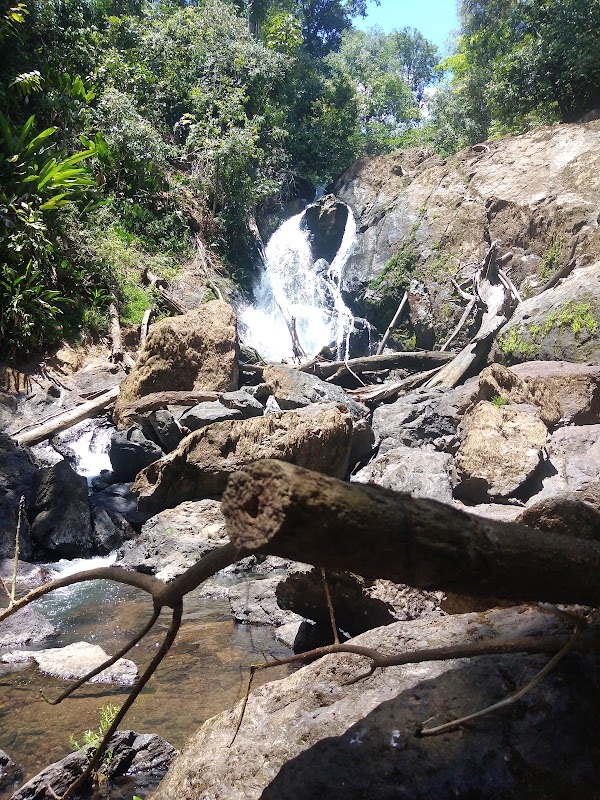Jungle Frontiers and Wildlife Encounters Near Corcovado: Essential Treks on Costa Rica's Untamed Coast
Corcovado National Park’s jungle trails offer unmatched immersion into one of Costa Rica’s richest ecosystems. This guide highlights key treks that balance the thrill of wildlife spotting with practical advice for navigating rugged terrain on the wild Osa Peninsula coast.
Start Early to Catch Wildlife Activity
Wildlife is most active and visible during the cooler dawn hours. Plan to begin hiking by 6 AM to experience colorful birds and shy mammals before midday heat sets in.
Wear Durable, Waterproof Footwear
The jungle floor is often wet and uneven. Boots with good grip and ankle support are crucial for safe footing on muddy patches and rocky creek crossings.
Hydrate Frequently and Carry Purification Tablets
High humidity and heat increase dehydration risk. Carry at least 2 liters of water supplemented by portable purification tablets to refresh from natural water sources safely.
Use Biodegradable Insect Repellent Regularly
Mosquitoes and other insects can be persistent. Applying repellent every few hours reduces bites and helps prevent tropical diseases without harming the environment.
Jungle Frontiers and Wildlife Encounters Near Corcovado: Essential Treks on Costa Rica's Untamed Coast
Stretching along Costa Rica’s remote Osa Peninsula, Corcovado National Park challenges adventurers to confront rainforest wilderness that moves with fierce independence. Here, dense jungle paths wind through rugged terrain where rivers dare you to cross and the forest canopy whispers stories of elusive tapirs and prowling jaguars. The park offers immersive jungle treks starting at low elevations by the Pacific coast, climbing moderately through humid, uneven trails rich with twisting roots and thick foliage.
Key routes like the Sirena Trail extend about 24 kilometers over three to four days, requiring trekkers to carry provisions and water, as ranger stations offer limited supplies. Elevation gain remains modest—around 150 to 300 meters—but the humid heat and wet terrain turn each step into a conscious engagement with the environment. Expect wet soils, slippery rocks, and the constant pulse of cicadas and howler monkeys making their presence known.
Best tackled during dry season months from December to April, these hikes demand practical preparation: waterproof boots with solid grip, a well-fitted rain jacket, hydration systems to overcome relentless heat, and insect repellent to handle the persistent mosquito presence. The early hours before sun-high bring cooler air and prime wildlife activity, from toucans flaring bright beaks to the occasional glimpse of tapirs grazing near creek banks. Rangers guide many treks, offering insight into hidden natural landmarks like sparkling waterfalls and ancient tree formations.
The challenge here isn't conquering the jungle but moving hand-in-hand with it. The dense flora feels aware—trees lean toward paths as if testing your presence, and swift streams push at crossing attempts, demanding patience and respect. Wildlife encounters—whether spotting a caiman slipping silently in sluggish rivers or hearing howler monkeys rallying overhead—require observers to move quietly and stay alert.
For adventurers seeking more than just a walk, Corcovado invites a slow, observant pace where every bend may reveal a gleaming poison dart frog or a multicolored parrot taking flight. Expect physical demands marked by sticky humidity, unsteady footing, and the constant presence of heat paired with dampness. Yet, the reward lies in shared moments inside one of the most biologically intense places on earth. This is jungle travel with a practical edge—equipped with preparation and curiosity, it becomes a deeply engaging exploration of Costa Rica’s raw wild coast.
Nearby Trips
All Adventures
Boat Charters
Water Activities
Adventures near Puerto Jiménez
Discover the unique and memorable adventures that make Puerto Jiménez special.
Frequently Asked Questions
How do I get to Corcovado National Park from Puerto Jiménez?
Puerto Jiménez is the main gateway to Corcovado with daily boat and land transport options. Most trekkers take a boat from Puerto Jiménez to park ranger stations like Sirena or La Leona, which saves time and energy before starting a trek.
Are guides mandatory for trekking Corcovado?
Yes, park regulations require a certified guide due to the park’s protected status and challenging terrain. Guides offer safety, in-depth knowledge, and improve wildlife spotting chances.
What wildlife can I expect to see?
Common sightings include scarlet macaws, tapirs, white-faced capuchins, howler monkeys, and caimans. More elusive species such as jaguars or giant anteaters are rare but residents of the park.
Is it safe to drink water from streams inside the park?
Natural water sources should be purified before drinking using tablets, filters, or boiling to avoid waterborne illness.
Are there accommodations inside the park?
Basic lodging is available at ranger stations like Sirena, but advance reservations are necessary. For more comfort, stay in Puerto Jiménez and plan day trips.
What physical condition is recommended for these treks?
Hikers should be in moderate to good physical shape accustomed to humid heat, uneven terrain, and carrying a daypack with essentials.
Recommended Gear
Waterproof Hiking Boots
Protect feet from mud and slippery surfaces; crucial for navigating wet trails and stream crossings.
Lightweight Rain Jacket
Keeps you dry during sudden downpours without adding weight or heat, vital in the wet season.
Hydration Bladder or Water Bottles
Helps maintain hydration in hot, humid conditions; carry enough capacity for long treks.
Insect Repellent with DEET or Picaridin
Reduces insect bites, which are common and persistent in the jungle environment.
Local Insights
Hidden Gems
- "La Leona Waterfall: A less crowded, photogenic spot halfway along the Sirena trail."
- "Pavones River Viewpoint: Offers sweeping views rarely visited by tourists."
Wildlife
- "Giant Pacific Electric Eels in the mangrove creeks"
- "Bright green basilisk lizards racing across water surfaces"
History
"The Osa Peninsula’s indigenous Bribri peoples have cultural ties to the rainforest, which remains central to their traditions and environmental stewardship."

